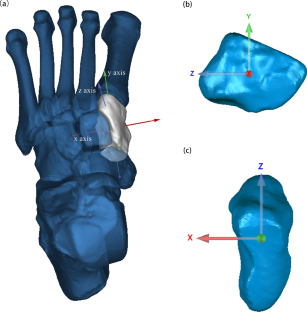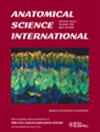The hypermobility of the first tarsometatarsal joint has been identified as a key factor in the development of hallux valgus. Previous research found a link between the tarsometatarsal joint obliquity and the hallux valgus angle. Nevertheless, most studies relied on radiographs that lack 3D evidence. This study used 3D analysis to investigate the morphological differences in the medial cuneiform between hallux valgus and normal feet. In this study, twenty-three hallux valgus feet and twenty-three normal feet were scanned with computed tomography and 3D models of medial cuneiforms were reconstructed. Medial cuneonavicular and the first tarsometatarsal joint surfaces of the medial cuneiform were manually extracted. To obtain the obliquity angle of the medial cuneiform and curvature of the medial cuneonavicular joint, the joint surfaces were approximated to planes and spheres. Furthermore, the orientations of two joint surfaces were accessed through a novel positioning method. No significant difference was found in the cuneiform obliquity between hallux valgus and normal feet. Hallux valgus and normal groups did not differ significantly in any of the medial cuneiform joint orientations. The medial cuneiform in hallux valgus had a larger curvature diameter of the medial cuneonavicular joint (P = 0.029), indicating a flatter surface. The results demonstrated that the generally supported atavism (i.e., tarsometatarsal joint obliquity) does not exist in the hallux valgus feet. A flatter medial cuneonavicular joint surface was found in hallux valgus feet. This study contributes to the comprehensive understanding of the etiological factors with hallux valgus.



